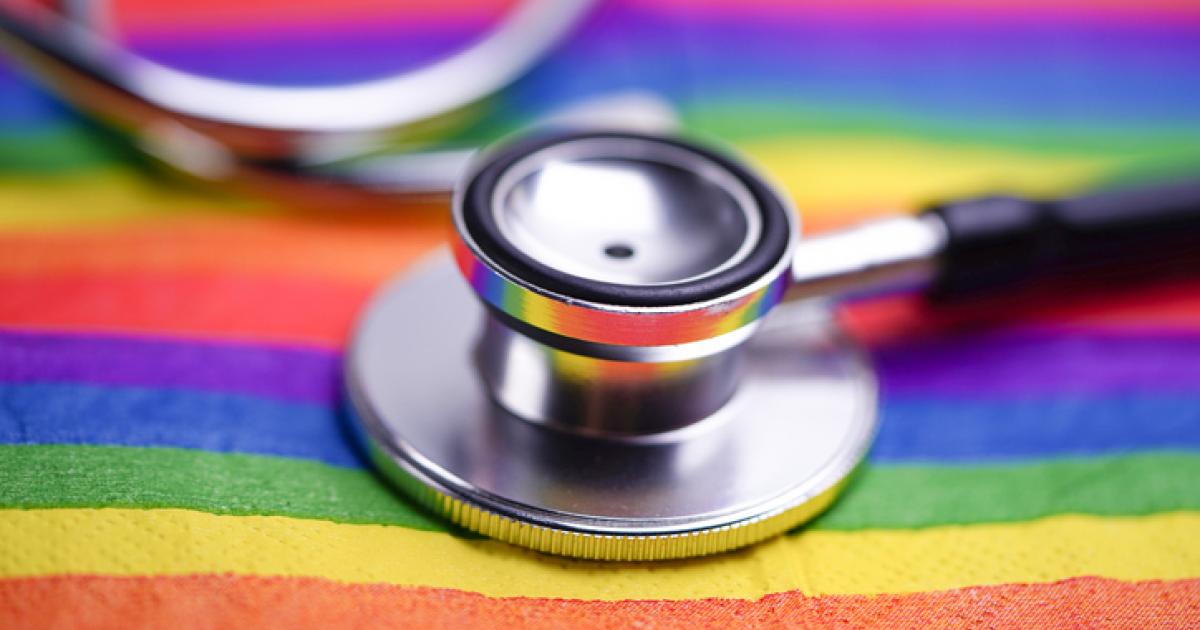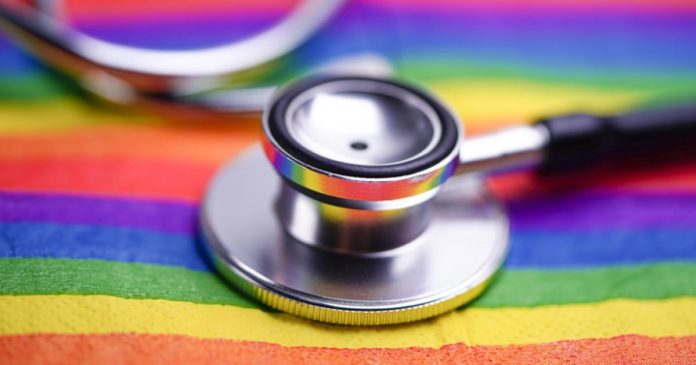
Sexual minorities (SM) may be underrepresented among graduating medical students in radiology and other specialties, according to new research published Thursday in JAMA Network Open.
About 9.4% of females age 25-34 in the general population identify as lesbian, gay, bisexual or transgender versus 5.3% of males. That’s compared to about 5.1% of female medical students citing radiology as their intended specialty and about 4.9% of males, based on an analysis of graduation questionnaires.
“Sexual minority people…face numerous health disparities, including poor access to knowledgeable clinicians and culturally sensitive care,” Westley Mori, MD, with the University of Minnesota Medical School’s Department of Dermatology, and colleagues wrote Sept. 30. “Workforce diversity is essential to ensure a pipeline of physicians equipped through personal experiences and diverse learning environments to improve care for SM people, but little is known about sexual orientation diversity in medical training.”
For their research letter, Mori et al. conducted a survey study of graduating medical students using 2016-2019 data from the Association of American Medical Colleges. Out of 58,572 students who met the study’s criteria, 6.3% identified as LGBT, including 5.7% of females and 6.9% of males. Among specialties, psychiatry included the highest percentage of sexual minority students at 11.6% while orthopedic surgery was the lowest (1.8%). Broken down by sex, neurological surgery had the highest percentage of female LGBT students (8.9%) and dermatology the lowest (1.9%) versus OB-GYN (18.8%) and orthopedic surgery (1%) for men.








